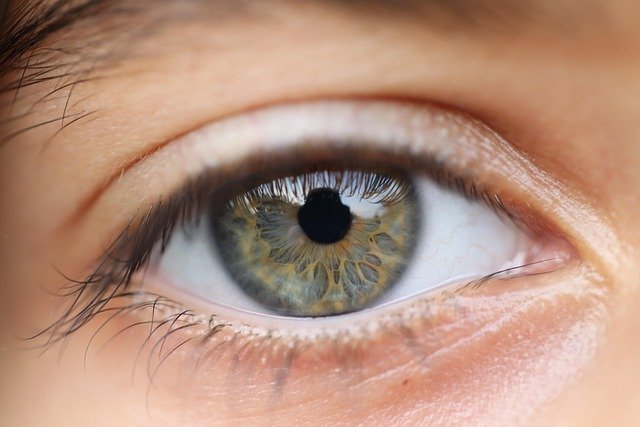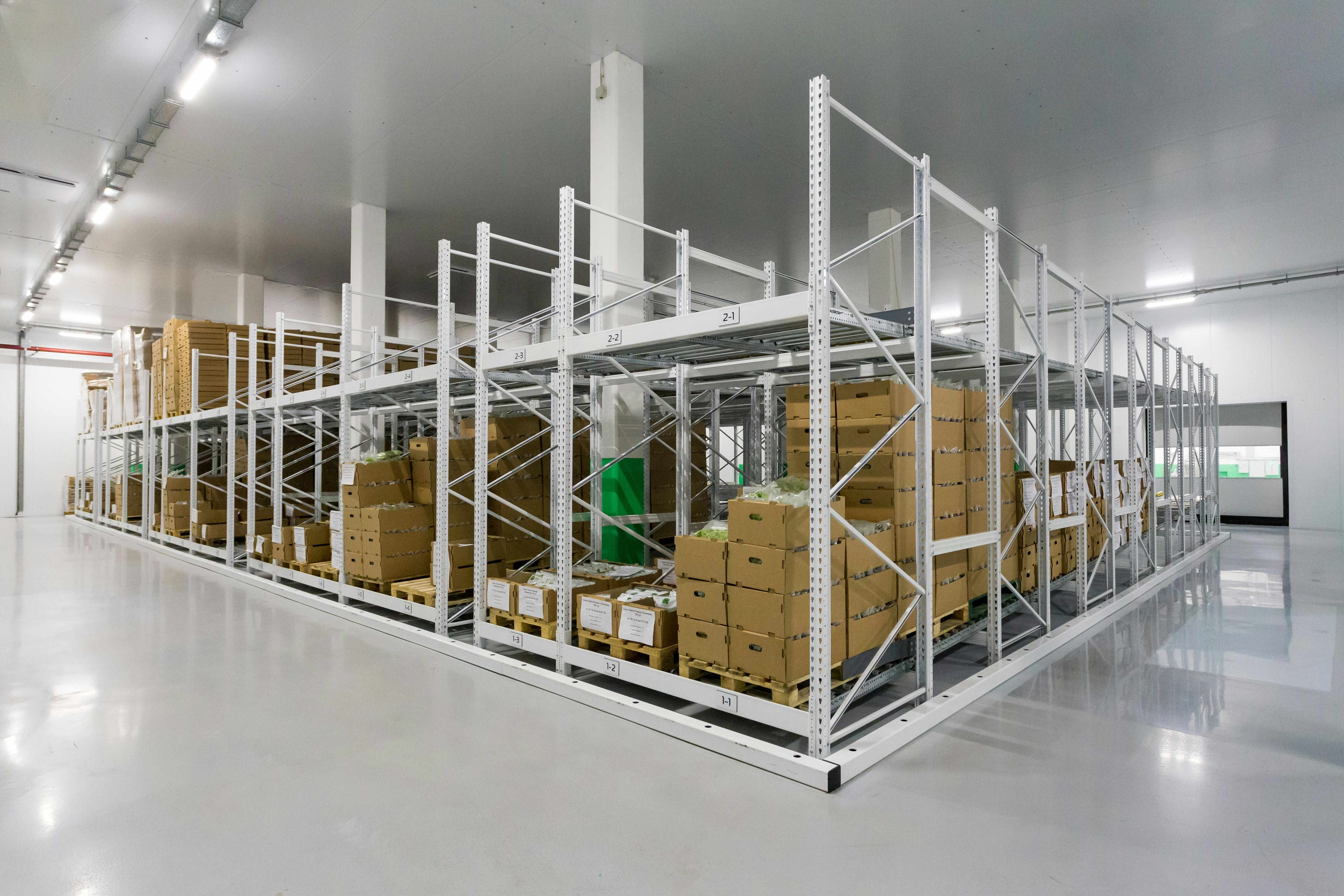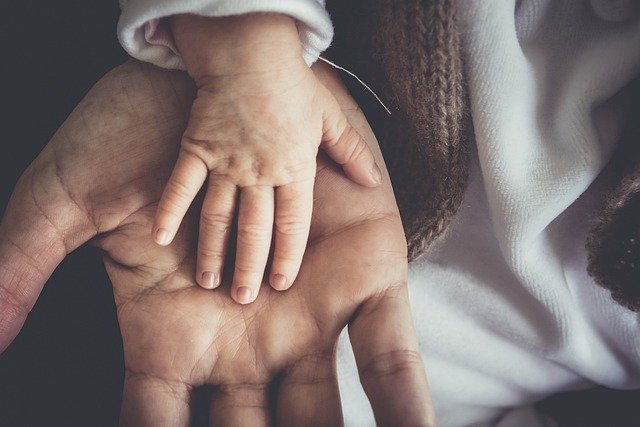Understanding Blepharoplasty: A Complete Guide to Eyelid Surgery
Blepharoplasty, commonly known as eyelid surgery, is a surgical procedure that modifies the appearance and functionality of the eyelids. This procedure can address both cosmetic concerns and vision problems caused by drooping eyelids. As one of the most popular facial surgical procedures, blepharoplasty can help restore a more youthful appearance to the eye area while potentially improving peripheral vision in cases where excess skin obstructs sight.

Who is a Good Candidate for Eyelid Surgery?
Ideal candidates for blepharoplasty are typically healthy adults who have realistic expectations about the procedure’s outcome. Common reasons people seek this surgery include:
-
Excess skin obscuring the natural fold of upper eyelids
-
Loose skin hanging down from upper eyelids
-
Persistent bags under the eyes
-
Droopy lower eyelids showing white below the iris
-
Vision problems caused by overhanging eyelids
What Does the Surgical Process Involve?
The blepharoplasty procedure usually takes one to three hours, depending on the extent of the surgery. During the operation:
-
Local anesthesia with sedation or general anesthesia is administered
-
Incisions are made following the natural lines of your eyelids
-
Excess tissue is removed or repositioned
-
Incisions are carefully closed with fine sutures
Recovery and Healing Timeline
Recovery from eyelid surgery typically follows this timeline:
-
First week: Swelling and bruising are common
-
7-10 days: Stitches are removed
-
2 weeks: Most patients can return to normal activities
-
Several months: Final results become fully visible as swelling completely subsides
Understanding the Costs and Insurance Coverage
The cost of blepharoplasty varies significantly based on location, surgeon expertise, and whether the procedure is performed on upper eyelids, lower eyelids, or both.
| Procedure Type | Average Cost Range | Insurance Coverage |
|---|---|---|
| Upper Eyelids | $3,000 - $5,000 | Sometimes covered if medically necessary |
| Lower Eyelids | $3,000 - $5,500 | Rarely covered (cosmetic) |
| Both Upper and Lower | $5,000 - $9,000 | Partial coverage possible |
Prices, rates, or cost estimates mentioned in this article are based on the latest available information but may change over time. Independent research is advised before making financial decisions.
Potential Risks and Side Effects
While blepharoplasty is generally safe, potential risks include:
-
Temporary blurred vision
-
Dry or irritated eyes
-
Difficulty closing eyes completely
-
Scarring
-
Infection
-
Bleeding
-
Temporary lid lag
This article is for informational purposes only and should not be considered medical advice. Please consult a qualified healthcare professional for personalized guidance and treatment.






